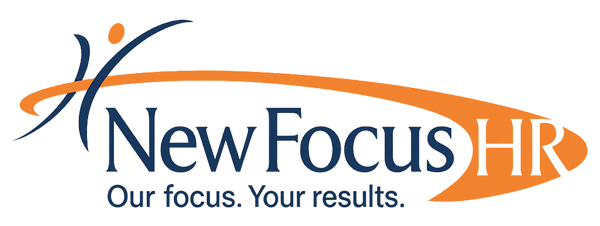Compliance with Updated Labor Law Posters
It’s that time of year when many labor law posters need to be updated. While there are changes to some state labor law posters, this article focuses on identifying the primary changes found within the federal labor law poster and how to ensure all employees, whether in-person or remote, have access to this updated information to keep your organization 100% in compliance.
Federal Labor Law Poster Updates Explained
The federal labor law poster takes up almost four-square feet of a wall and might be a bit overwhelming to figure out what’s been updated. There are actually only two sections that have been changed.
Update Highlights
In short, besides some cosmetic and contact information that has been updated, employers should know:
- “Pregnancy and related conditions, sexual orientation, or gender identity” have protections under the law.
- Employees may ask about, disclose, or discuss pay.
These are two primary updates reflected within the new federal labor law poster. For a more detailed analysis of the changes, see below:
Section 1: “Equal Employment Opportunity is THE LAW” (2009 vs. 2022)
- The first portion of this section applies to all employees, and there are three primary changes:
- By far the most notable update is that “sex” discrimination has been expanded to include “pregnancy and related conditions, sexual orientation, or gender identity.”
- The bulk of the other information’s content is very similar to the previous version: however, a mostly cosmetic change is that the updated version expresses that information in a much simpler way, primarily using bullet points.
- Lastly, there are now additional modes of communication listed to contact the Equal Employment Opportunity Commission (EEOC).
- The second portion of this section, titled, “Employers Holding Federal Contracts or Subcontracts,” has the changes listed below:
- Again, the most notable change is that discrimination is prohibited against the newly added classes of “sexual orientation” and “gender identity.”
- One additional noteworthy change is that there’s one entirely new section: “Asking About, Disclosing, or Discussing Pay,” which states that this is a right of all employees based on “Executive Order 11246.”
- Thirdly, instead of simply stating the “federal government” will enforce these standards, this updated version adds some specificity that enforcement will be the responsibility of the “Office of Federal Contract Compliance Programs (OFCCP).”
- Lastly, the rest of this information has some slight wording differences, however, the content of the information remains largely similar in nature.
- The last portion of this section, titled, “Programs or Activities Receiving Federal Financial Assistance,” is unchanged and has the exact same wording as the previous version.
Section 2: USERRA (2017 vs. 2022)
- The USERRA (Uniformed Services Employment & Reemployment Rights Act) section of the poster has only changed three web addresses that now have updated URLs.
For additional information regarding these updates, refer to EEOC press release or this short article by LaborLawCenter.com.
For additional information regarding the latest updates to state posters: PosterUpdates.com has a very detailed table for each state, while JJ Keller has an interactive US map with a large amount of additional information.
Where and How to Post this Information
Where and how to post this information depends greatly upon the make-up of the organization’s workforce:
- If the workforce is 100% in-person, then physical posters are required.
- If the workforce is 100% remote and they customarily receive information from their employer electronically, then the Department of Labor (DOL) requires the use of electronic posting in lieu of physical posters.
- This digitally accessible information must be readily available to all employees and there should be a written notice that is sent to all employees explaining how they may access that information.
- If there’s a mix of in-person employees and remote employees, then physical AND electronic postings might be required:
- If most employees come to a physical location, but some employees are 100% remote, then both physical and electronic posters are required.
- If ALL remote workers still regularly come into a physical location where the physical posters are displayed, then electronic postings may not be required.
In short, if employees are in-person, then physical posters are required. If employees are remote, then electronic posting is required. If there’s a mix of both, then both types of postings may be required.
For additional information, refer to JJ Keller’s Labor Law Poster FAQs.
Summary
First, employers should be aware that “pregnancy and related conditions, sexual orientation, or gender identity,” and the ability for employees to ask about, disclose, or discuss pay all have protections under the law and those protections are now reflected in the new federal labor law poster.
Second, employers must “show a good faith effort” to get this information to all employees by asking themselves, “Do all employees know this information is posted?” and, “Do all employees have easy access to this information on a regular and frequent basis?”
For additional information regarding Labor Law Posters and keeping your organization in compliance, please contact us at www.newfocushr.com.
Updated by: Jason Love, SHRM-CP, CLSS-GB
HR Consultant
1/18/2023



